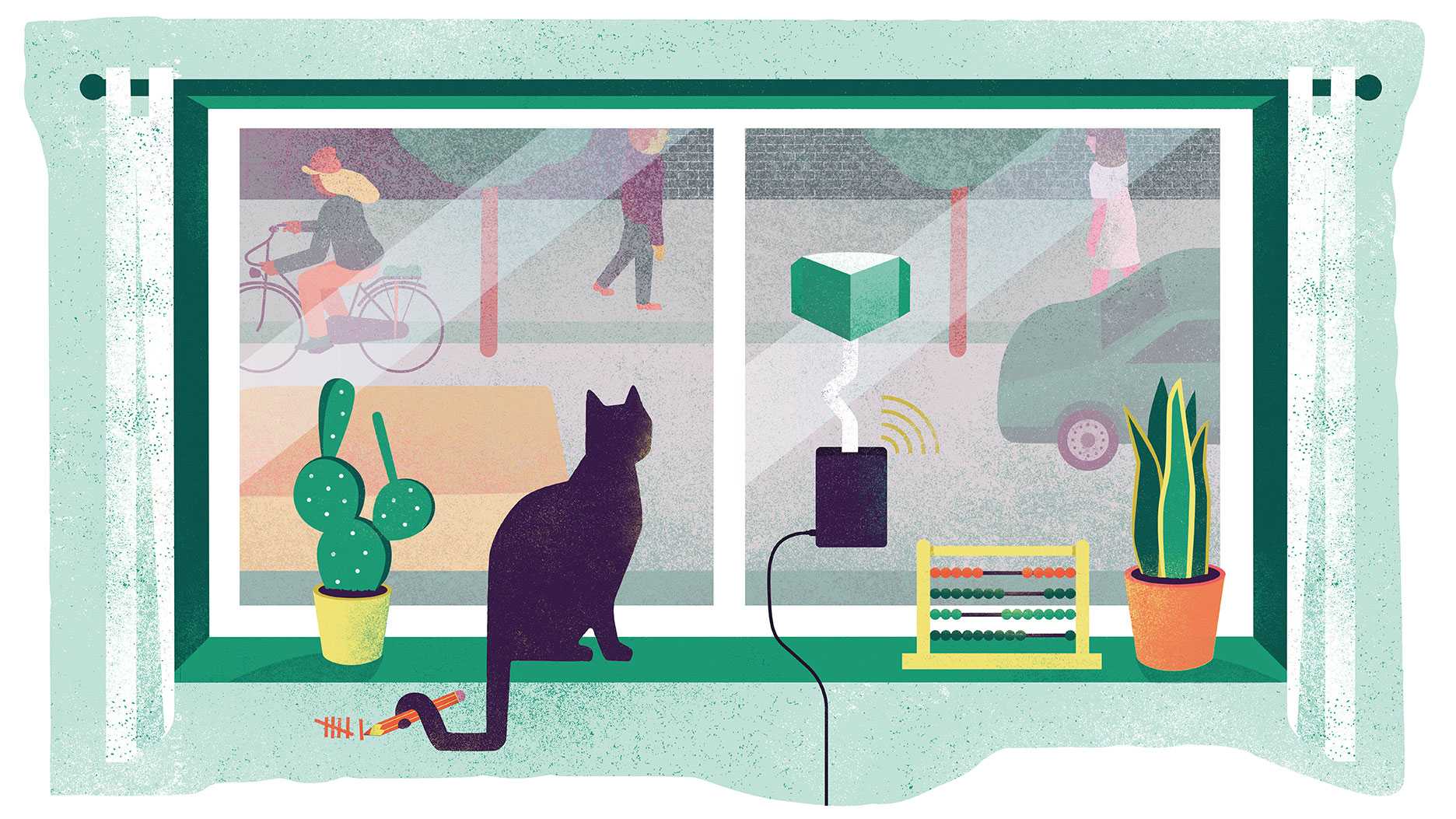
Participatory sensing builds trust in data-driven planning
Traffic counts are an essential but costly and infrequent part of developing good mobility solutions. The Telraam project, funded by the Belgian goverment, empowers citizen-scientists to deploy small, window mounted computers to measure vehicle, cyclist, and pedestrian traffic along roads. "The Telraam device is a combination of a Raspberry Pi microcomputer, sensors and a low-resolution camera. The device is mounted on the inside of an upper-floor window with a view over the street." The collected observations feed into a data set intended to improve local mobility policy decisionmaking.
Inspired by similar networks for air quality measurement, this project indicates a rising sophistication in the kinds of sensing and analytics being deployed, and a growing awareness and interest among governments in leveraging such networks to supplement traditional data gathering methods. It points towards a future where most or all of the data used to inform operational and long-term planning decisions are gathered and curated by citizen-observers, and the data itself is far more comprehensive and continuous. But more important, this data will be trusted more than if it were simply scraped without participation.




..png)
